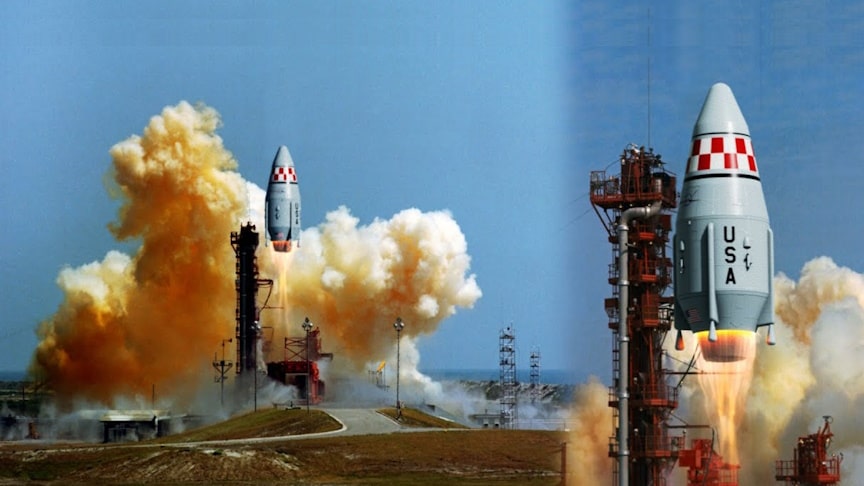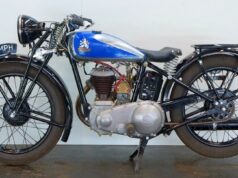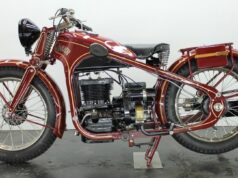Douglas Aircraft’s SASSTO, short for “Saturn Application Single Stage to Orbit”, was a single stage to orbit (SSTO) reusable launch system designed by Philip Bono’s team in 1967. SASSTO was a study in minimalist designs, a launcher with the specific intent of repeatedly placing a Gemini capsule in orbit for the lowest possible cost. The SASSTO booster was based on the layout of the S-IVB upper stage from the Saturn family, modified with a plug nozzle.
source.image: Hazegrayart
Although the SASSTO claimed the S-IVB as its starting point, this was a conceit, and the vehicle had little in common with the S-IVB except its size. The internal fuel tankage was considerably different from in the S-IV. The LH2 was no longer cylindrical, but spherical, and moved to the forward location in the fuselage. The LOX tankage, originally on top of the LH2, was re-positioned into a series of smaller spherical tanks arranged in a ring below the LH2.
The tanks were all moved forward within the airframe compared to the engine, all of these changes being made in order to reduce changes in the center of gravity as the fuel was burned off. The fuselage section immediately above the engine was necked down, forming what appeared to be a larger single plug. The upper section of the fuselage, over the top of the hydrogen tank, was likewise necked down.
Advertisement
SASSTO delivered 2,800 kg of cargo to a 200 km orbit when launched due east from the Kennedy Space Center. Empty weight was 6,700 kg, considerably lighter than the S-IVB’s 28,500 lb 12,900 kg, and gross lift off weight was 98,000 kg. The typical payload was the Gemini, which was covered with a large aerodynamic fairing.











